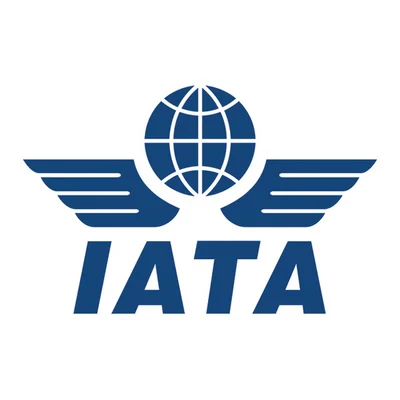Looking ahead, Airbus aims to further boost production rates. The company has publicly committed to increasing A220 manufacturing to a rate of 14 aircraft per month by 2026—about 168 units annually—if industry and supplier performance allow. However, supply chain challenges remain a concern. In its Report of the Board of Directors for 2024, Airbus stated: "The A320 Family programme continues to ramp up towards a rate of 75 aircraft per month in 2027. … Specific supply chain challenges, notably with Spirit AeroSystems, are currently putting pressure on the ramp up of the A350 and the A220. … On the A220, the Company continues to target a monthly production rate of 14 aircraft in 2026." To support these goals, Airbus has added final assembly lines at its Mobile, Alabama facility.
The development history of the A220 dates back to Bombardier’s efforts in the early 2000s to create a new regional jet that could compete with models like Embraer’s E-Jet series and Boeing’s now-discontinued 717. After initial delays and financial difficulties—including slow order intake and engine selection issues—Bombardier launched commercial operations with Swiss Global Air Lines flying the CS100 (later rebranded as A220-100) in July 2016 between Zurich and Paris Charles de Gaulle Airport. The larger CS300 (A220-300) entered service later that year with airBaltic.
Design-wise, both variants share over 99% commonality and feature lightweight materials such as carbon composites and aluminum-lithium alloys. The cockpit uses Rockwell Collins Pro Line Fusion avionics and fly-by-wire controls via sidestick controllers. Both models are powered by Pratt & Whitney PW1500G engines.
The shorter A220-100 typically seats around 120 passengers (maximum capacity is135), while the longer A220-300 accommodates up to150 passengers (maximum160). The -100 variant offers a range of approximately3,600 nautical miles; for the -300 it is about3,400 nautical miles.
As for operators worldwide: SWISS was launch customer for the A220-100 and operates nine units; Delta Air Lines is now its largest operator with45 aircraft; ITA Airways also flies12 units. More than40 additional -100s are on order from airlines including LOT Polish Airlines and Odyssey Airlines.
For the larger A220-300 variant—now more widely used—JetBlue leads with54 active jets; other major operators include Air France,Breeze Airways,Air Canada,and Delta Air Lines.The -300 variant has nearly450 outstanding orders,and Delta alone expects delivery of over60 more as it phases out older Boeing717s.Other significant customers include Lufthansa City Airlines,and LOT Polish Airlines.
With ongoing investments into infrastructure and assembly lines alongside continued airline demand,the future production targets set by Airbus will be closely watched across aviation sectors.
 Alerts Sign-up
Alerts Sign-up




































